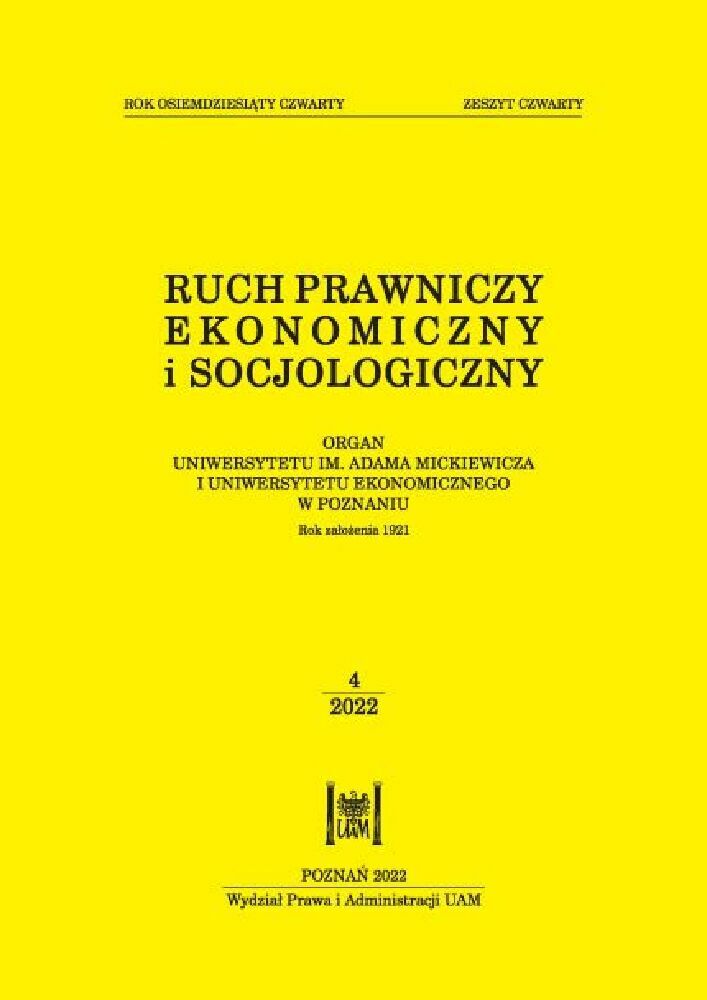Abstract
In Israel, a large number and a wide range of non-governmental volunteering organizations exist in various fields. At the same time, due to the multiplicity of security incidents and other national crises, there are also numerous independent volunteer initiatives emerging within specific communities, small communities, or cities. Private initiatives that started as small volunteer aid have grown mainly thanks to the technological possibilities that enable the transfer of information about a crisis and the needs associated with it. This study examines the volunteers’ perception of effectiveness in a self-organized spontaneous setting, and their sense of belonging to the community and the State of Israel. This article presents a case study of unorganized, spontaneous volunteer activity in Israel in situations of stress and crisis. The study is based on participant observation and semi-structured interviews with those who engaged in spontaneous self-organized volunteer activity. The study findings show that mobilizing volunteers through WhatsApp messages strengthened the sense of effectiveness in performing the task, fostered the volunteers’ sense of belonging to their community, and contributed to the rapid achievement of the task. The study also highlights the socio-moral dimensions that intensify in such a volunteering process and the individual’s feelings about his place in society and his observation of society’s behaviour in general.
References
Adger, W.N. (2003). Social capital, collective action, and adaptation to climate change. Economic Geography 79: 387-404. doi: https://doi.org/10.1111/j.1944-8287.2003.tb00220.x DOI: https://doi.org/10.1111/j.1944-8287.2003.tb00220.x
Aldrich, P.D. (2012). Building Resilience: Social Capital in Post-Disaster Recovery. Chicago: University of Chicago Press. doi: https://doi.org/10.7208/chicago/9780226012896.001.0001 DOI: https://doi.org/10.7208/chicago/9780226012896.001.0001
Aldrich, D.P., Meyer, M.A. (2014). Social capital and community resilience. American Behavioral Scientist 59(2): 254-269. doi: https://doi.org/10.1177/0002764214550299 DOI: https://doi.org/10.1177/0002764214550299
Alperson, B., Dobi, T., Starkman, D. (2016). Being citizens of Israel in a Jewish and democratic state (Hebrew). Ministry of Education.
Aronson, E., Aronson, J. (2012). The Social Animal. 11th edn. New York: Worth Publishers.
Barsky, L.E., Trainor, J.E., Torres, M.R., Aguirre, B.E. (2007). Managing volunteers: FEMA's Urban Search and Rescue programme and interactions with unaffiliated responders in disaster response. Disasters 31(4): 495-507. doi: https://doi.org/10.1111/j.1467-7717.2007.01021.x DOI: https://doi.org/10.1111/j.1467-7717.2007.01021.x
Clizbe, J.A. (2004). Challenges in managing volunteers during bioterrorism response. Biosecurity and Bioterrorism: Biodefense Strategy, Practice, and Science 2(4): 294-300. doi: https://doi.org/10.1089/bsp.2004.2.294 DOI: https://doi.org/10.1089/bsp.2004.2.294
Eshet, Y., Lev, Y. (2011). Civilians' coping with war adversities - social capital and social resilience (Hebrew). Social Issues in Israel 11: 145-158. <https://www.jstor.org/stable/23389244?-seq=1>
Gianni, R. (2021). Solidarity, Resilience and cooperation in a time of a pandemic: co-designing a brighter future. BISS, Maastrich University. <https://www.biss-institute.com/blog/solidarity-resilience-and-cooperation-in-a-time-of-a-pandemic-co-designing-a-brighter-future/>.
Haski-Leventhal, D., Cnaan, R.A. (2009). Group processes and volunteering: using groups to enhance volunteerism. Administration in Social Work 33(1): 61-80. doi: https://doi.org/10.1080/03643100802508635 DOI: https://doi.org/10.1080/03643100802508635
Hustinx, L., Cnaan, R.A., Handyj, F. (2010). Navigating theories of volunteering: a hybrid map for a complex phenomenon. Journal for the Theory of Social Behaviour 40(4): 410-434. doi: https://doi.org/10.1111/j.1468-5914.2010.00439.x DOI: https://doi.org/10.1111/j.1468-5914.2010.00439.x
Johansson, R. (2013). Professional emergency responders and unorganized volunteers: incident sites as meeting places. RCR Risk and Crisis Research Center, 2. .
Manju, R. (2019). Social media activism: its impact on real life. <https://www.researchgate.net/publication/331438569_social_media_activism_its_impact_on_real_life>.
Naparstek, A.J., Dooley, D., Smith, R. (1997). Community Building in Public Housing: Ties That Bind People and Their Communities Washington D.C. U.S. Department of Housing and Urban Development. The Urban Institute/Aspen System Corporation.
Parsons, T. (2013). The Social System (B.S. Turner, ed.). Routledge Sociology Classics. <http://idr.uin-antasari.ac.id/471/1/talcotPARSON.pdf>., doi: https://doi.org/10.4324/9780203992951 DOI: https://doi.org/10.4324/9780203992951
Pfefferbaum, L.R., Pfefferbaum, B., van Horn, L.R., Klomp, R.W., Norris, H.F., Reissman, D.B. (2013). The communities advancing resilience toolkit: an intervention to build community resilience to disasters. Journal of Public Health Management and Practice 19(3): 250-258. doi: https://doi.org/10.1097/PHH.0b013e318268aed8 DOI: https://doi.org/10.1097/PHH.0b013e318268aed8
Putnam, D.R. (1993). Making Democracy Work: Civic Traditions in Modern Italy. Princeton: Princeton University Press. doi: https://doi.org/10.1515/9781400820740 DOI: https://doi.org/10.1515/9781400820740
Quarantelli, E.L. (1997). Ten criteria for evaluating the management of community disasters. Disasters, 21(1): 39-56. doi: https://doi.org/10.1111/1467-7717.00043 DOI: https://doi.org/10.1111/1467-7717.00043
Ridder, H.-G. (2017). The theory contribution of case study research designs. Business Research 10: 281-305. doi: https://doi.org/10.1007/s40685-017-0045-z DOI: https://doi.org/10.1007/s40685-017-0045-z
Shirky, C. (2011). The political power of social media: technology, the public sphere, and political change. Foreign Affairs 90(1): 28-41. doi:10.2/JQUERY.MIN.JS
Sorek, I. (2015). Solidarity (Hebrew). Lex-Key 3(1): 24-25.
Stallings, R.A., Quarantelli, E.L. (1985). Emergent citizen groups and emergency management. Public Administration Review 45: 93-100. doi: https://doi.org/10.2307/3135003 DOI: https://doi.org/10.2307/3135003
Thomas, E.F., Smith, L.G.E., Spears, R., Mcgarty, C. (2018). The role of social media in shaping solidarity and compassion fade: how the death of a child turned apathy into action but distress took it away. Researchgate.Net 20(10): 3778-3798. doi: https://doi.org/10.1177/1461444818760819 DOI: https://doi.org/10.1177/1461444818760819
Yin, R.K. (2014). Case Study Research: Design and Methods. 5th edn. Sage.
License
Copyright (c) 2022 WPiA UAM

This work is licensed under a Creative Commons Attribution-NonCommercial-NoDerivatives 4.0 International License.





